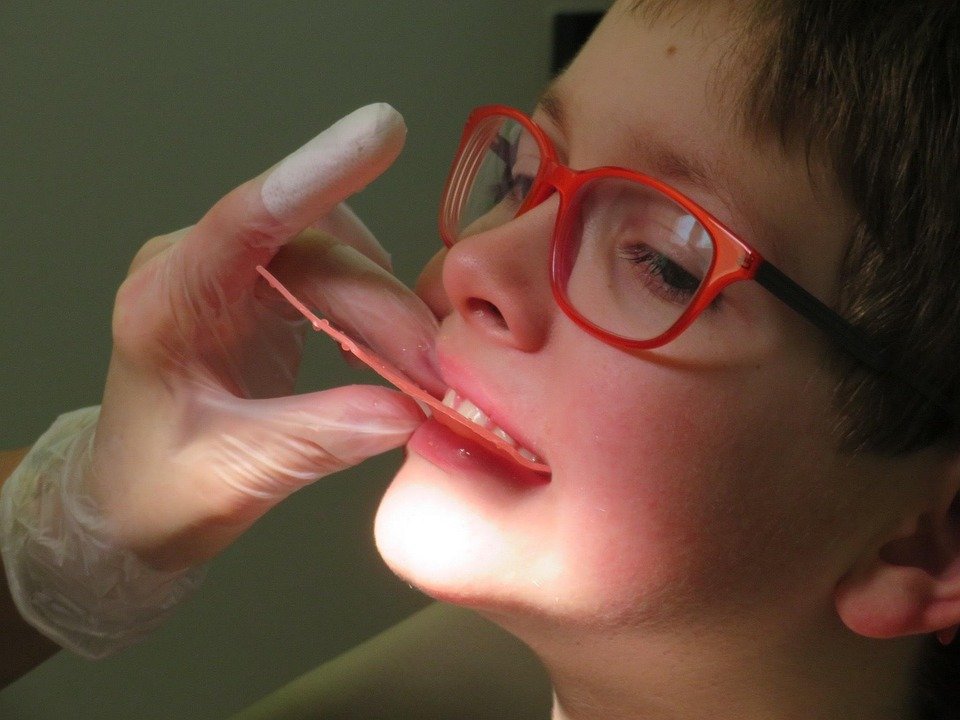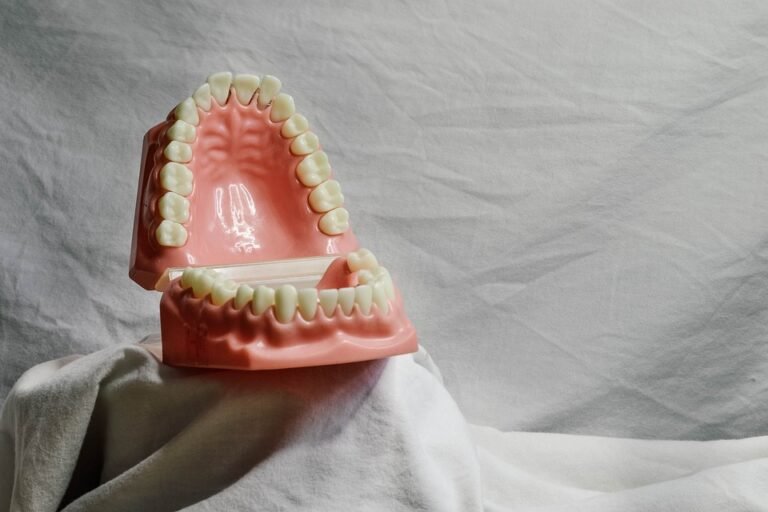What are the essential features of a dental photography lens
Okay, so I’m a dentist and I’m finally upgrading my clinic’s photography setup. I’ve been using a basic camera and it’s just not cutting it for case documentation, presentations, and communicating with labs. I need to be able to capture really detailed images of teeth, gums, and the overall oral cavity.
I’m looking at buying a dedicated lens for dental photography, but there are so many options and I’m feeling a bit overwhelmed. I’m not a professional photographer, so I need to know what specific features are crucial for consistent, high-quality dental photos.
Specifically, I’m interested in:
- Magnification: How much magnification is generally needed for intraoral shots (e.g., individual teeth, arch views)? Is there a "sweet spot"?
- Focal Length: What’s the best focal length range for dental photography to minimize distortion and maintain a comfortable working distance?
- Aperture: What aperture range is ideal for achieving sufficient depth of field, especially when photographing the entire arch?
- Image Stabilization: Is image stabilization a must-have, or is it less important if I’m using a tripod?
- Sharpness: Obviously sharpness is important, but are there specific characteristics of sharpness I should be looking for in lens reviews (e.g., corner sharpness)?
- Compatibility: What lens mounts are generally preferred/recommended for cameras commonly used in dental photography (thinking Canon, Nikon, Sony)?
I really want to understand the technical aspects so I can make an informed decision and invest in a lens that will actually improve the quality of my work. I’m hoping to stay within a reasonable budget (under $1500 ideally). Thanks!
Answer
A dental photography lens needs to fulfill several key criteria to capture high-quality, accurate images for diagnosis, treatment planning, documentation, and communication. These features are crucial for achieving the necessary magnification, sharpness, color accuracy, and depth of field required in the confined oral environment.
1. Macro Capability:
- High Magnification: The most critical feature is the ability to achieve high magnification ratios, typically 1:1 or even higher (e.g., 1:2). A 1:1 macro lens means the image projected onto the camera sensor is the same size as the actual object being photographed. This is vital for capturing fine details like enamel cracks, margins of restorations, or soft tissue textures. Without true macro capability, crucial details will be lost, rendering the images less useful.
- Close Focusing Distance: Achieving high magnification necessitates a very short minimum focusing distance. The lens must be able to focus sharply on objects a few centimeters away from the front element. This allows the photographer to get close enough to the subject (teeth, tissues) without physically touching it, while still achieving the desired magnification. A shorter focusing distance is generally preferred for ease of use and greater working distance.
2. Image Quality and Sharpness:
- High Resolution: The lens needs to be able to resolve fine details. This is intrinsically linked to lens sharpness. A high-resolution lens will accurately capture the intricate structures within the oral cavity.
- Sharpness and Contrast: Excellent sharpness is paramount across the entire image frame, not just in the center. Contrast helps to differentiate between subtle variations in color and texture, which are important for diagnosis.
- Minimal Distortion: A dental photography lens should exhibit minimal distortion, particularly chromatic aberration (color fringing) and geometric distortion (barrel or pincushion distortion). Distortion can alter the appearance of the teeth and surrounding tissues, making measurements and comparisons less accurate. Low distortion ensures that the images accurately represent the actual anatomy.
- Aberration Correction: Lens elements made of extra-low dispersion (ED) glass or fluorite elements are crucial to correct chromatic aberrations, which cause color fringing around high-contrast areas. Spherical aberration needs to be minimized to create sharp images.
3. Depth of Field Control:
- Aperture Range: While macro lenses typically have good depth of field at smaller apertures (higher f-numbers), the narrow field of view in dental photography and the required magnification mean that even at small apertures, the depth of field can be very shallow.
- Depth of Field Preview: A depth of field preview button on the camera, used in conjunction with the lens, allows the photographer to see the actual depth of field at the selected aperture. This is important for assessing which parts of the image will be in focus before taking the shot.
- Focus Stacking Capability: While not an inherent lens feature, the lens needs to be compatible with techniques like focus stacking. Focus stacking involves taking multiple images at different focal points and then combining them in software to create an image with a greater depth of field than is possible with a single exposure. A high-quality lens that provides consistent performance is essential for successful focus stacking.
4. Lighting Considerations:
- Compatibility with Ring Flash or Twin Flash: The lens must be compatible with the lighting systems typically used in dental photography, such as ring flashes or twin flashes. The front of the lens needs to accommodate the mounting of these lighting systems without vignetting or other issues.
- Internal Focusing (IF) or Rear Focusing (RF): Lenses with internal focusing or rear focusing mechanisms do not rotate the front element during focusing. This is beneficial because it maintains a consistent position of the flash relative to the subject, ensuring even illumination.
- Flare and Ghosting Control: Dental photography often involves shooting with bright light sources close to the lens. Therefore, the lens must have effective coatings to minimize flare and ghosting, which can reduce contrast and obscure details.
5. Build Quality and Ergonomics:
- Durable Construction: The lens should be well-built and durable to withstand the rigors of daily use in a dental practice.
- Smooth Focusing: The focusing mechanism should be smooth and precise for accurate manual focusing, which is often preferred for macro photography.
- Manual Focus Override: The ability to quickly switch to manual focus from autofocus is helpful for fine-tuning the focus.
- Tripod Mount: While not strictly a lens feature, a tripod mount (either on the lens or camera) is recommended for achieving sharp images, especially at high magnifications.
6. Focal Length:
- Mid-Range Telephoto: A focal length in the mid-range telephoto range (typically 60mm to 105mm for a full-frame sensor) is optimal. This provides a comfortable working distance between the photographer and the patient, while still allowing for high magnification. Shorter focal lengths require the photographer to be too close to the patient, and longer focal lengths can make it difficult to maintain a stable position.
In summary, a dental photography lens needs to be a high-quality macro lens with excellent sharpness, minimal distortion, and compatibility with dental lighting systems. The ideal focal length provides a comfortable working distance while allowing for high magnification. These features ensure that the captured images are accurate, detailed, and useful for a wide range of dental applications.



